Best Inexpensive Water Filters | Pitcher, Under-Sink, Countertop
You need to stay hydrated, that’s for sure, but is the tap water in your home safe? It is considered generally safe if it comes from a public water system in the United States, such as one run and maintained by a municipality.
When drinking water leaves a treatment plant on its way to your house, it must meet strict safety standards. That doesn’t mean that your water is free of all contaminants, but that the levels of any contaminants supposedly do not pose serious health risks.
What it does not mean is that it’s going to taste good. Or comply with your doctor’s orders should you have a health issue with chlorine and or fluoride, present in most municipal water.
Having some method for the water you drink and cook with to pass through a quality water filter is the best way to be certain of great-tasting water without the high cost of having to haul bottled water into the house. And you do have multiple choices for how to do that.
Based on lots of research, testing, and tasting, here are my picks for the Best Inexpensive filtering pitcher, under-sink reverse osmosis, and countertop filtering systems.
Water Filter Pitcher
The field is crowded with lots of choices, but for the money, I don’t think you can beat the highly improved ZeroWater, 20 Cup Water Filter Pitcher. That’s mostly because of its 5-stage filter, which will filter 40 gallons of water before it needs to be replaced—about every two months with typical use.
At a 20-cup capacity, this pitcher easily holds enough filtered drinking water for a family, provided it is filled regularly.
The pitcher is completely BPA-free; filters are quick and easy to change and don’t leave black flecks in your water. The filter promises to reduce chlorine taste and odor, copper, mercury, and cadmium.
Under-Sink Water Filtration
If you’re serious about home water filtration, it won’t be long before you ditch the pitcher in favor of a reverse osmosis system, which is what we have in our home.
This is a fairly simple installation that goes in the cabinet under the sink, but it can get pricey if you call a water service or plumbing company and accept whatever product they’re selling that day.
A much cheaper way to do this promises fabulous results: Buy a high-quality system yourself and perform the installation if you have basic plumbing skills. Or once the system arrives, call a plumber to install it.
Either way, you’re going to come out as a winner if you go with my pick for the Best Inexpensive: APEC Top Tier 5-Stage Ultra Safe Reverse Osmosis Drinking Water Filter System. Remarkably, this system requires no electricity, working with gravity and water pressure to produce excellent drinking water.
For starters, it removes 99% of contaminants, including arsenic, chlorine, lead, fluoride, heavy metals, bacteria, virus and more—and that’s a very good start! Check it out. Plan on replacing filters approximately every 12 to 36 months.
Countertop Water Filter System
If you prefer a more robust system that guarantees up to 6 gallons of purified water (depending on the model) available at all times (enough to take care of daily drinking and cooking needs for 4-6 people) consider Berkey Filters. All Berkey Filter systems are made in the USA and we really like that.
Big Berkey
Big Berkey Countertop Water Filter System comes in sizes from 2.25 gallons to 6 gallons, with 2 Black Berkey Elements and 2 Fluoride Filters. Each purification element has a lifespan of 3,000 gallons; each Fluoride Filter can filter up to 1,000 gallons.
Berkey is big, and if you have space, it’s a great system because of its power to purify even seriously contaminated water. Berkey makes an impressive line of water filters, and this company really deserves your attention.
Berkey Water Filters are undoubtedly the runaway favorite of folks who are prepared for disasters. I don’t have room for a Berkey in my kitchen where we have a reverse osmosis system. But in the basement? As an additional source of pure water? In Vangie, our camper van? Oh yes!
Travel Berkey
Travel Berkey has a capacity of 1.5 gallons, and designed to be a great traveler
The system is just 18” tall and 7.5” in diameter.
Counting the Cost
Are you confused about the best and least expensive way to guarantee you’re drinking purified water that tastes good? Grab a calculator. Compare how much your household is spending on bottled water per day, week or month. Then multiply to get to an annual cost.
How does that number compare with the price of say a ZeroWater Filter Pitcher (consider both the purchase price and the cost of replacement filters)? How long would it take to recoup the cost of a better system, when you consider that you will stop buying bottled water?
Or if the idea of having only 10 cups of water available compared to a constant supply (under-sink reverse osmosis) or a super big amount sitting in a big shiny countertop container, crunch those numbers, too.
You may be pleasantly surprised by the results.
Updated and republished: Jul 25, 2023
Everyday Cheapskate participates in the Amazon Services LLC Associates Program, an affiliate advertising program designed to provide a means for us to earn from qualifying purchases, at no cost to you.
More from Everyday Cheapskate
Please keep your comments positive, encouraging, helpful, brief,
and on-topic in keeping with EC Commenting Guidelines
Last update on 2024-04-16 / Affiliate links / Images from Amazon Product Advertising API

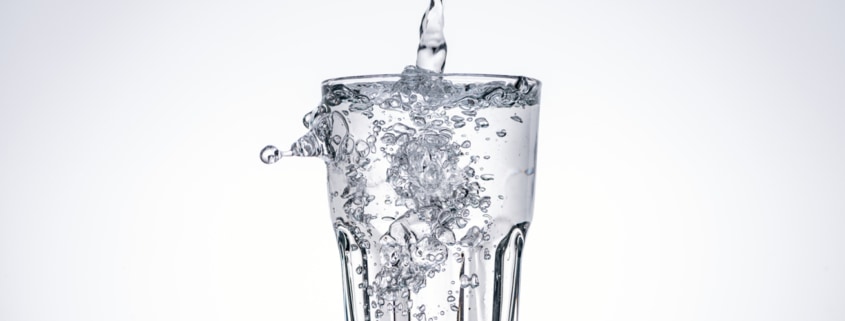
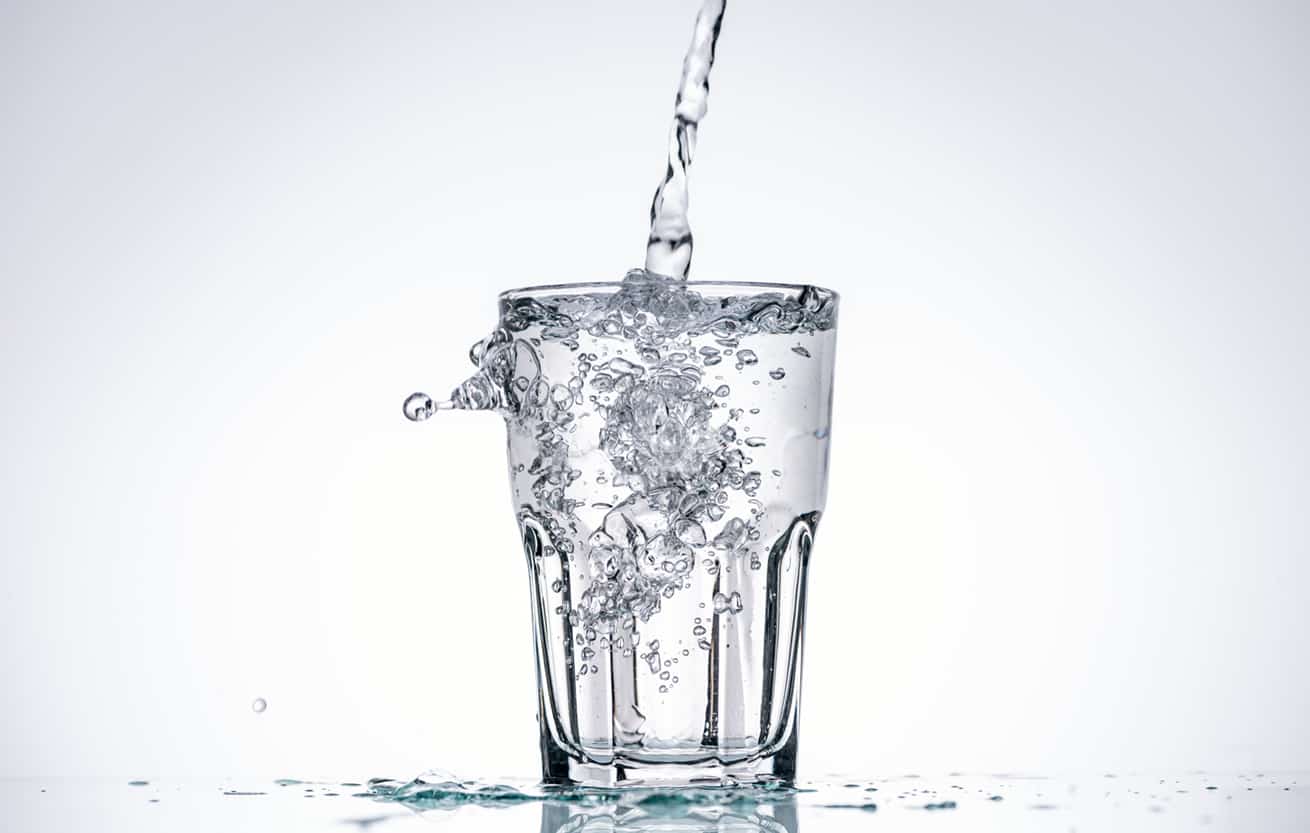








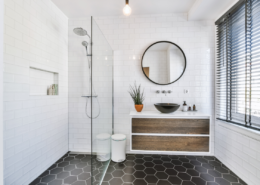




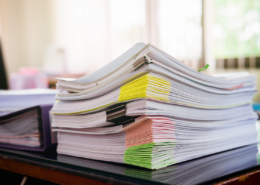
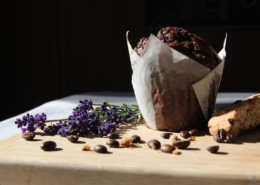



I finally convinced my husband to agree to buy a Big Berkey. I had him delve into the water tests, etc. and he was impressed with the data. We purchased 2 more filters (total of 4 black filters). There are just 2 of us and we calculated that with minimal care(we are just filtering tap water) those filters will last at least 8-10 years. We are also not consuming micro plastics which they are now even finding in babies.
The problem with reverse osmosis systems is you waste water as well through the process. If you are able to use this water elsewhere that would be great. Otherwise it is wasteful. I have also heard it strips everything so… not necessarily healthy. ?
The process makes the resulting water that is slightly more acidic, but not significant enough to affect humans.
Anyone have suggestions for a whole house filter?
We have PFOS/PFAS in our water system. Is there a Countertop filter for that?
The Berkey Water Filter in the post will do that very efficienctly.
About 25 years ago I read “8 Weeks to Optimal Health” by Andrew Weil. It convinced me that we needed a water filter even though we live in Utah and our water is very good. However, a filter company promised if we paid $1000, we would get $500 back in 3 years. Sure enough when we applied they had gone out of business. AND we are paying for a guy to replace the filter each year which over the years has gone up from $100 to $160. It takes him about an hour. The water line also goes to our fridge for cold water. So I am glad to learn, that at least for others, there is a less expensive way to do this.
We’re on a private well, while i love the way the water tastes, I hate the mineral deposits on every surface. I’ve been trying to find a way to get the best of both.
You could install a water softening system that bypasses your kitchen tap.
Great information. Many of us in rural areas are on private wells for our water source. Do you have any difference in filter system recommendations for well water (as opposed to municipal waters)?
No difference. You would use the same. Berkey is so powerful in its ability to filter, you could put swamp water in it and have nice clean water for drinking.
I used to have a high-end filter pitcher. I had a lot of trouble flushing the filters. They did not fit my kitchen faucet, and after the company changed their filters, they were even harder to flush, and didn’t last long at all. I switched to a Berkey. I am extremely pleased with my Travel Berkey. It is the right size for me. I can’t flush these filters at my kitchen sink, either, and originally used the float method with some success. I was reluctant to get their bulb flusher as it’s somewhat expensive, and I wasn’t sure I could squeeze the bulb long enough to flush two filters. Santa brought it to me, but I haven’t tried it yet. I discovered that you can easily flush the filters with plastic squeezy bottles such as you use for condiments. I have had no trouble maintaining my Berkey and the water quality is unmatched. Especially when you carbonate Berkey water with a SodaStream. I also highly recommend Berkey.
Kathy
Don’t forget to follow the manufacturer’s schedule for changing out the filters! Tap water is not sterile — over time microorganisms can settle and grow in filters that aren’t changed out on schedule. They can then make your tap water LESS safe than it was before it went through your filter. Water filters are definitely not an install-it-and-forget-it sort of thing.